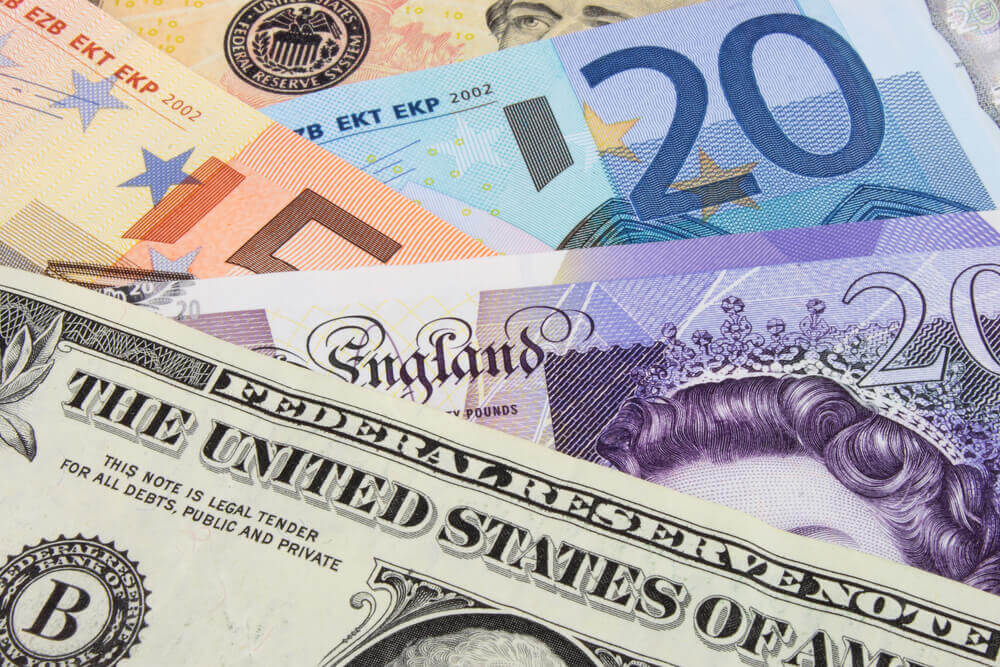
EURUSD Forecast: Current Support at 1.13000
After yesterday’s jump to 1.13500, the EURUSD pair retreated to 1.13000 today, where it found support in the MA20 and MA50. We can now expect to find stronger support at that level and see further pair recovery at higher levels on the chart.
Bullish scenario:
- We need a new positive consolidation that would threaten the 1.13500 resistance zone again with the support of moving averages.
- The break above that zone gives us the wind in the ice to continue towards 1.14000 and then 1.14500 with a resistance of MA200 moving average.
- Below, the next resistance is on the upper trend line at 1.15000.
Bearish scenario:
- We need to continue this negative consolidation and the withdrawal of EURUSD below 1.13000, MA20, and MA20 moving average.
- Then we go down to the next support at 1.12500 and maybe threaten the previous lower low to 1.12250.
- A further unfavorable situation for the euro would bring us to this year’s low of 1.11850.
Market overview
European Central Bank policymakers aim to temporarily increase the regular bond-buying scheme, which would continue to significantly reduce total debt purchases when a much larger anti-pandemic plan ends in March.
The move, which will be discussed at a meeting of the Governing Council on December 16, would aim to keep bond yields under control even after the ECB’s 1.85 trillion bu the ending pandemic emergency purchase program.
Interviews with six sources with direct knowledge of the debate suggest a compromise to strengthen the long-term asset purchase program (APP). Still, there would be limitations on the size and timing of the commitment, leaving policymakers the usual flexibility to tailor policy later.
Although details of this increase are still open, sources said the ECB could do one of two things. She could approve the purchase envelope by the end of the year, with a warning that not everything has to be spent.
German exports increased for the first time in three months in October and recorded the biggest expansion in more than a year, according to data released by Destatis on Thursday.
Exports rose 4.1 percent month-on-month in October, reversing a 0.7 percent drop in September. This was the strongest growth since July 2020 and also above the economists’ forecast of 0.9 percent.
Imports rose 5 percent on a monthly basis, compared to a 0.4 percent increase in September. This was also the strongest since March. Imports are projected to increase again by 0.4 percent in October.
As import growth outpaced export growth, the trade surplus fell to 12.5 billion euros from 12.9 billion euros in the previous month. The expected level was 13.4 billion euros.
In November, consumer price inflation in China accelerated significantly, spurred by a recovery in food prices, while factory inflation slowed, official data showed on Thursday.
Chinese CPI rose to 2.3 percent in November from 1.5 percent in October. However, that was slower than the economists’ forecast of 2.5 percent.
Food prices rose 1.6 percent, down 2.4 percent from last month. Prices of fresh vegetables increased by 30.6 percent. At the same time, non-food prices rose 2.5 percent. Core inflation, excluding food and energy prices, fell to 1.2 percent from 1.3 percent in the previous month.
The economist added that concerns about inflation are unlikely to stop the People’s Bank of China from further easing measures, including lower interest rates.



